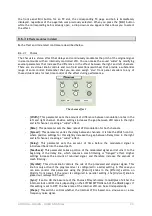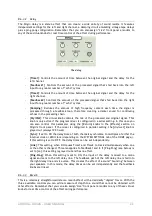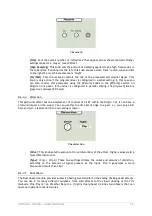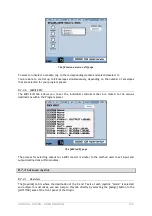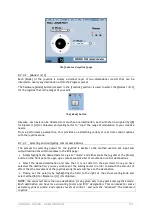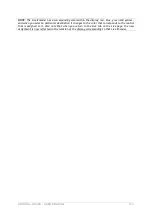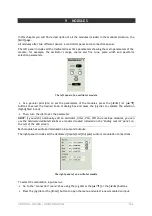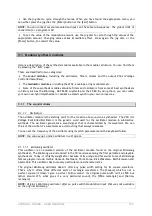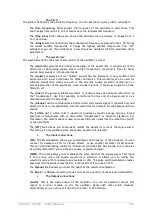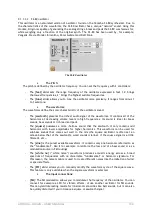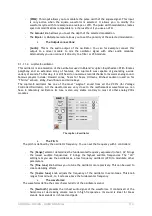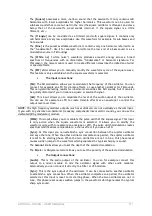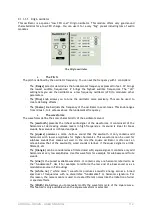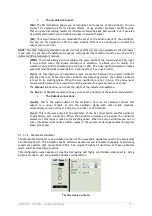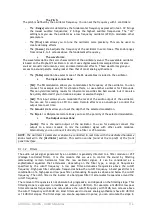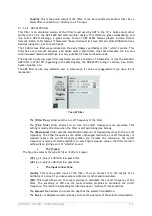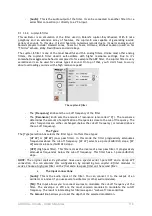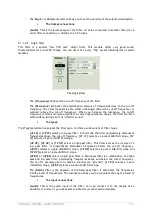
ARTURIA – ORIGIN – USER’S MANUAL
107
NOTE:
On the original Minimoog, the noise module output was situated directly on the “mixer”
section. We have replaced the noise output directly on the waveform selector for more convenient
use. You can find this original configuration on the Minimoog template.
•
The input connections:
-
[
FM
]: The FM modulation allows you to modulate the frequency of the oscillator. You can
connect for example a LFO for vibrato effects, of use another oscillator for FM sounds.
This can yield interesting results for inharmonic sonorities like bell sounds, but it can also
be quickly distorted if you introduce a square or sawtooth signal.
-
[
AM
]: This input allows you to modulate the level of the audio output of the oscillator.
You can use for example a LFO to create tremolo effects or an envelope to control the
output level over time.
NOTE:
The high frequency modules outputs (such as oscillators) are not available at the AM input.
If you wish to generate non-harmonic frequency components like metallic sounds, you can use the
dedicated [Ring modulator] module.
-
[
PWM
]: This input allows you to modulate the pulse width of the square signal. This input
is only active when the square waveform is selected. It allows you to modify the
waveform cycle with for example an envelope or LFO. The pulse width modulation creates
spectrum modifications comparable to a chorus effect if you use an LFO.
-
The [
Amount
] knob allows you to set the depth of the selected modulation.
-
The
Bi
polar or Unipolar selector allows you to set the polarity of the selected modulation.
•
The Output connections:
-
This is the [
Audio
]output of the oscillator. You can for example connect this output to a
mixer module to mix the oscillator with other audio modules. Alternatively you can
connect it directly to a filter or VCA module.
9.1.1.1.2
ARP 2600 oscillator
This oscillator is an emulated version of the oscillator module found on the ARP 2600. Unlike most
other synths in the 70’s, the ARP 2600 had semi-modular design. This offered a great tweakability,
and through the ARP technology, a great sound. Some of ARP 2600s famous players include: Herbie
Hancock (listen to his famous “Chameleon” bass), Underworld, Steve Porcaro, Mike Oldfield, Joe
Zawinul (using two, one for each hand), and so on…
The sound of the ARP oscillator can be very precise and sharp (especially due to its precise tuning
when compared to, for example, the Moog oscillators). This is especially true for the sawtooth
waveform which sounds more “aggressive” than the other oscillators.
The ARP 2600 oscillator

